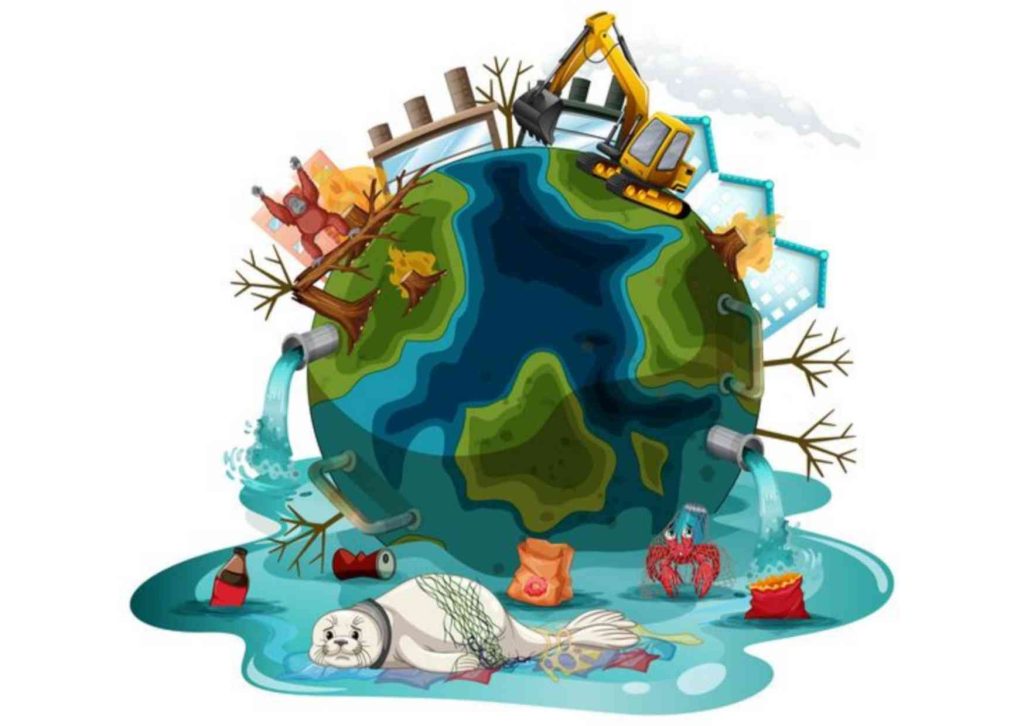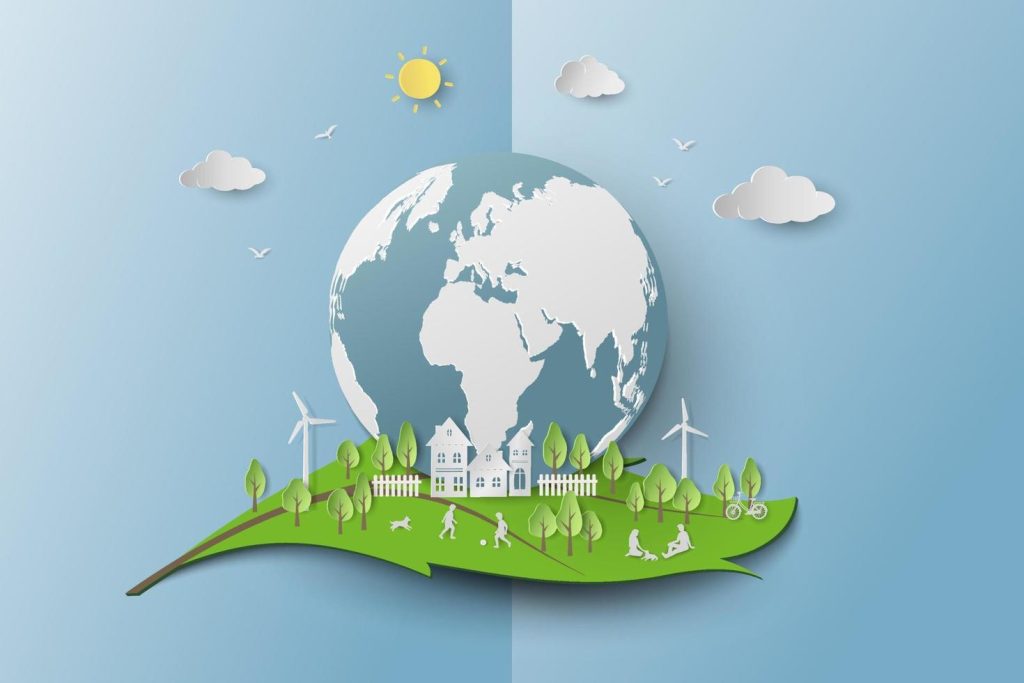Recognizing the Crucial Role of Environmental Restoration Services After Pollution Incidents
Environmental pollution incidents have far-reaching consequences, affecting ecosystems, human health, and the well-being of communities. The importance of environmental restoration services in the aftermath of such incidents cannot be overstated. These services play a vital role in mitigating the impact of pollution, rehabilitating affected areas, and safeguarding the long-term health of both the environment and society.

One of the key contributions of environmental restoration services is rapid response and assessment. When a pollution incident occurs, time is of the essence. Restoration experts quickly assess the extent and nature of pollution, identifying contaminated areas, assessing potential risks, and developing immediate containment strategies. Their expertise ensures that the right actions are taken promptly to prevent further damage.
The remediation phase involves employing a range of techniques to remove or neutralize pollutants. This may include soil remediation, water treatment, and air quality improvement. Restoration services integrate scientific knowledge, advanced technologies, and sustainable practices to clean up contaminated sites and restore their ecological balance.
Importantly, environmental restoration services address not only the physical aspects of pollution but also its broader impacts. Communities affected by pollution incidents often experience emotional distress, health concerns, and economic losses. Restoration experts engage with local residents, providing information, support, and resources to help them navigate these challenges.
Furthermore, restoration services contribute to the prevention of future pollution incidents. By identifying the root causes of pollution and implementing preventive measures, they work to ensure that similar incidents do not recur. This proactive approach helps build resilience and enhances the overall sustainability of communities and ecosystems.
The role of environmental restoration services after pollution incidents is indispensable. Their rapid response, scientific expertise, and holistic approach contribute to the recovery of ecosystems, the well-being of communities, and the creation of a more sustainable future.
The Multi-Faceted Approach of Environmental Restoration Services in Addressing Pollution
Environmental pollution incidents pose complex challenges that require a multi-faceted approach to mitigation and recovery. The role of environmental restoration services extends beyond immediate cleanup efforts; it encompasses the integration of diverse strategies to restore affected areas and prevent future pollution.

One critical aspect is risk assessment and prioritization. Restoration experts work with data from various sources to identify the pollutants, their concentrations, and potential pathways of exposure. This information helps them prioritize actions and allocate resources effectively, ensuring that the most urgent and impactful measures are taken.
In situations of soil or water contamination, remediation methods vary depending on the pollutants involved. Restoration services may employ techniques such as bioremediation (using microorganisms to break down pollutants), soil flushing (removing contaminants through water-based solutions), or phytoremediation (using plants to absorb pollutants). The choice of method depends on the type of pollution, the site conditions, and the desired long-term outcomes.
Environmental restoration also involves long-term monitoring and adaptive management. Pollution impacts can persist for years, necessitating ongoing assessments to ensure that the chosen restoration strategies are effective. Restoration services adjust their approaches based on monitoring data, adapting to changing conditions and optimizing recovery efforts.
Furthermore, community engagement and education play a crucial role. Restoration services not only inform communities about the ongoing recovery process but also empower them to take part in preventive actions. By raising awareness about pollution sources, proper waste disposal, and sustainable practices, restoration experts contribute to a culture of environmental responsibility.
Environmental restoration services employ a comprehensive approach to address pollution incidents. Their expertise in risk assessment, diverse remediation techniques, ongoing monitoring, and community engagement ensures a holistic and sustainable recovery process.
A Sustainable Future: The Environmental Legacy of Restoration Services After Pollution
The work of environmental restoration services after pollution incidents not only contributes to immediate recovery but also shapes the environmental legacy of affected areas. Their efforts play a pivotal role in creating a sustainable future by restoring ecosystems, enhancing community well-being, and fostering a culture of environmental stewardship.
Ecosystem restoration is a cornerstone of this legacy. Restoration services focus on reestablishing native plant species, improving soil health, and rehabilitating aquatic habitats. These efforts have a cascading effect, as healthy ecosystems provide essential services such as clean water, air quality regulation, and support for biodiversity.
Equally significant is the role restoration services play in preventing the recurrence of pollution incidents. Through their analysis of pollution sources and pathways, experts recommend measures to prevent future contamination. This might involve advocating for stricter regulations, implementing pollution control technologies, or promoting sustainable industrial practices.
Environmental restoration services also contribute to the long-term well-being of communities. By addressing pollution-related health risks, providing support to affected residents, and offering educational programs, they enhance community resilience. This focus on community well-being aligns with the broader goal of creating sustainable societies that thrive in harmony with their environment.
Furthermore, the influence of restoration services extends beyond the immediate incident. Their efforts set a precedent for responsible environmental management, inspiring individuals, industries, and governments to prioritize pollution prevention and mitigation. This cultural shift towards environmental awareness and action has lasting implications for the planet’s health.

In conclusion, the work of environmental restoration services after pollution incidents transcends short-term recovery. It lays the foundation for a sustainable future by restoring ecosystems, preventing future pollution, enhancing community well-being, and fostering a global commitment to environmental stewardship.